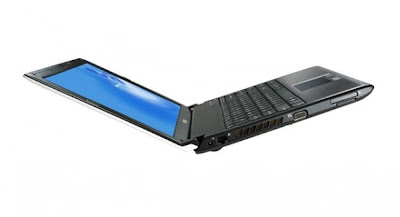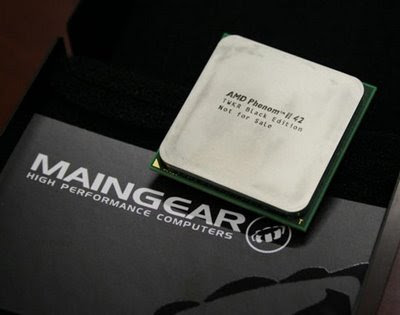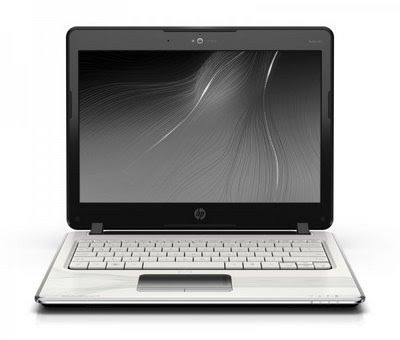COMPUTEX 2009 (TAIPEI, Taiwan) — June 2, 2009 — AMD today announced two new dual-core desktop processors. Building on 10 years of AMD Athlon™ processor innovation, the new 45nm AMD Athlon™ II X2 250 processor gives mainstream consumers exceptional performance, efficiency and value. For enthusiasts and overclockers, AMD also announces the AMD Phenom™ II X2 550 Black Edition processor, the first ever dual-core AMD Phenom II CPU. With this latest addition to the AMD Phenom II processor family, users can now experience the power of AMD platform technology, codenamed “Dragon,” with dual-, triple- and quad-core configurations.

The new Phenom II X2 500 inherit all the major features from their elder brothers due to the fact that they are based on the same semiconductor die. The primary ones are compatibility with Socket AM3 mainboards and support of fast DDR3 SDRAM. Of course, the new dual-core processors can also be installed into the Socket AM2/AM2+ mainboards, just like all other Phenom II CPUs. In other words, new dual-core Phenom II X2 can be used in the new systems and as an upgrade for the existing ones.
Besides a 6MB L3 cache (the same size cache as that of Phenom II X4 900 processors), these solutions have pretty high clock speeds. The top Phenom II X2 550 processor works at 3.1GHz frequency, which is only 100MHz lower than that of the flagship Phenom II solution – Phenom II X4 955. Moreover, the calculated heat dissipation of the Phenom II X2 500 series processors is lower than that of all triple- and quad-core Phenom II CPUs due to fewer active cores (the only exception are the energy-efficient models). It equals only 80W.
 AMD Phenom II X2 550 Black Edition (CALLISTO) Details
AMD Phenom II X2 550 Black Edition (CALLISTO) Details AMD Black Edition processors, like the AMD Phenom™ II X2 550, help users to take control and unleash the maximum potential of Dragon platform technology’s unprecedented performance tuning capabilities. The same massive headroom that set world records in recent months is at users’ finger tips, offering impressive performance at a price the competition can’t beat.
Users can also maximize their overclocking experience by utilizing the new features and capabilities of AMD OverDrive™ 3.0, designed to enable quick and effective tuning of their PC experience for optimal performance.
With dual-, triple- or quad-core processors, AMD provides platform level solutions at multiple price points, each of which exceeds expectations for virtually any user.
AMD Athlon II X2 250 (REGOR) Details
The AMD Athlon II X2 250 performs exceptionally well when combined with AMD chipsets and integrated graphics solutions to create an all-AMD platform. Platforms featuring all-AMD technology can deliver up to twice the graphics performance of those with Intel integrated graphics.
Windows® 7 is optimized for multi-core processors like AMD Athlon™ II processors to give consumers an amazingly fast, simple and engaging PC experience. For example, Windows 7 is tuned to make the most of these new processors’ power management features, such as AMD PowerNow!™ 3.0 technology. AMD power management technologies, in combination with Windows 7, can help OEMs and partners to build exceptionally green, cool and quiet PCs.
Based on AMD’s acclaimed 45nm process technology, the AMD Athlon II dual-core processor has a TDP of 65W and can slash power consumption by up to 50 percent when doing basic tasks, up to 40 percent when running heavy workloads and up to 50 percent when at idle.
Press looking for more information on AMD Athlon II X2 250 and AMD Phenom II X2 550 Black Edition,
click here.
Reviews:
X-Bit LabsAMDZone

















